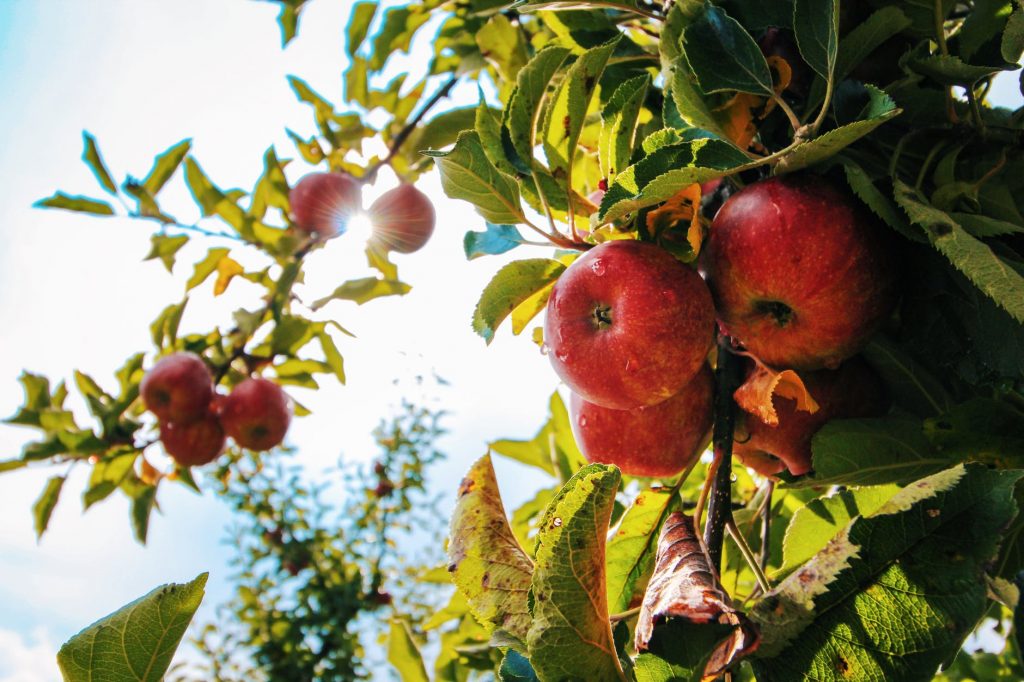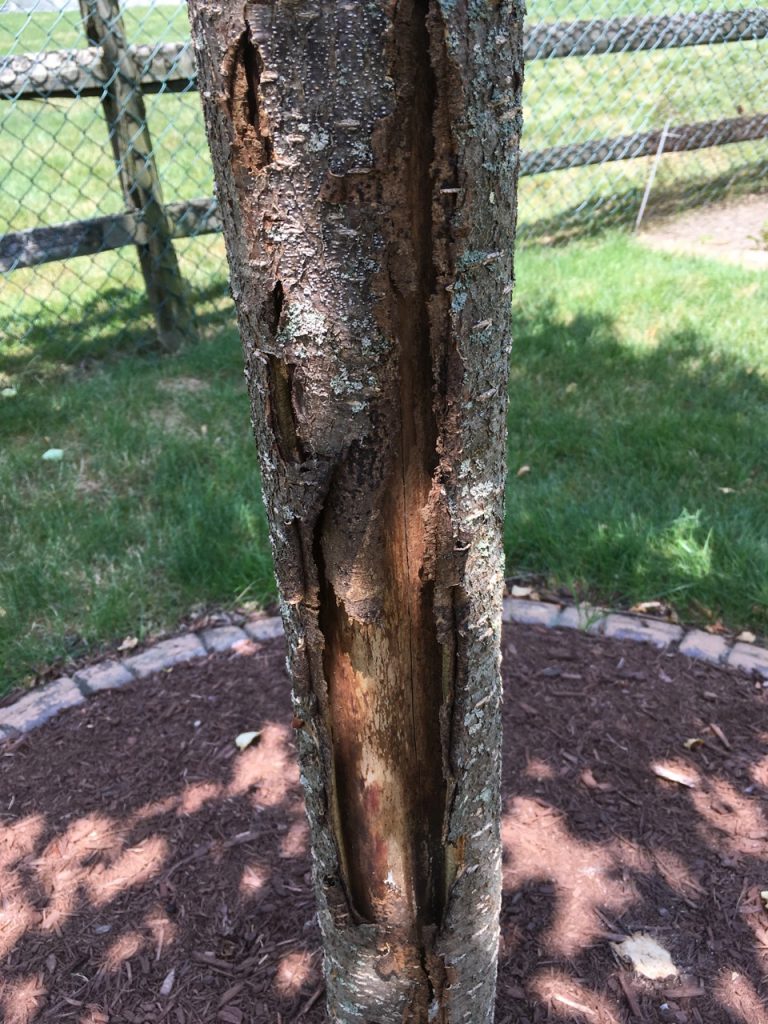Ask the Gardener: Planting apple trees, cabbage moths, lilacs and more
Posted on: August 26, 2019 | Written By: Doug Oster |
Everybody Gardens editor Doug Oster gets asked a lot of questions. A lot. And he doesn’t mind offering gardening advice. But rather than just limiting those answers to the person who asked, we thought it might be a good idea to share that wealth of knowledge with everybody.
There are three ways to send in your questions:
- Email askdoug@535mediallc.com
- Submit your question on our “Your Garden” section of our site
- Send us a message on Facebook.
(The questions may be lightly edited for grammar/clarity/etc.)

Question 1: Planting apple trees
Laurel: This past winter we lost a grand old apple tree to a severe wind storm. (It took us a week to clean her up!) It’s now almost fall and the best time to plant new trees. Since it was not disease that took her out, can we plant the new one near the spot of the old? What would be your recommendation for an apple tree? We have room for two now since the storm also took out eight tall pines.
Doug: You’ve got plenty of time to think about it as September is a good month to plant. It’s also a good idea to plant a couple of different varieties that bloom at the same time to aid in pollination. It’s fine to plant them in the same location as the old tree.
Did you get the stump ground out, or is it still there? If it’s still there, that might hamper the planting. So the first decision is how big you want the tree to get. There are dwarf, semi-dwarf and full-sized apple trees. Most modern varieties are pretty disease resistant.
Next is what kind of apple do you like to eat, there are many different varieties. I would go to a local orchard or a place like Soergel’s that also sells trees. Taste different apples and talk to them about which trees would work best for you. Here’s an online source to give you an idea of what’s out there.
Question 2: Cabbage moths
Connie: If I plant my cabbage earlier in the spring, will I escape those moths?
Doug: No, they will still find the cabbage. I cover plants with a floating row cover when planted to thwart the cabbage looper moth.

Question 3: Lilac tree
Donna: I have this lilac tree that the bark has split down the side. The tree still had leaves, and I see no bugs. I have sprayed it with neem oil just in case. Could you help me?
Doug: That does not look good at all. I would contact a certified arborist; they will come out for free to diagnose the problem. I use Davey Tree, but anyone who is ISA certified could help.
Question 4: Organic lawn care
Michael: What would be your recommendation for a regular organic treatment of a yard? I’m finding that I can research to death. My grass is green but fades a bit in later summer. I do have bare patches in the backyard from when the animals were going after the grub. I would like to begin a corn gluten treatment for the crabgrass.
I’m just wondering if I can follow some “prescription” that you might recommend. You know, aerate every spring, spread Food A in spring, corn gluten meal in spring, Food B in autumn, cut grass at a higher setting, etc.
I know that I may be trying to simplify a complex system, but I’m wondering what the best method to do that would be. I have two children under two and want a healthy-looking, healthy-feeling and safe yard to be in without needing to spend an enormous amount of time treating it. When the boys are older, I can begin to care for the yard like I used to.
Doug: Here’s a basic schedule of what I would do:
Spring
- As forsythia are blooming, corn gluten application. This is before crabgrass and other annual weeds sprout.
- Fertilization with Revita
- Spot treat broadleaf weeds with organic herbicide like Avenger or Lawn Weed Killer from Whitney Farms
- Sharpen mower blade, leave grass tall when cutting, three and a half inches.
Summer
- Fertilization with Revita
- Water once a week if rain is scarce.
Fall
- Same watering procedure
- Fertilize with Revita
- Aerate every other year
- Apply corn gluten in September
- Last cutting should be three inches.
Question 5: Tomato skin
Elizabeth: Why do my tomatoes have tough skins?
Doug: It’s hard to say. Usually that’s a varietal thing, as certain cultivars have thicker skins than others. If this is a type you’ve grown before, and it had thinner skins, I would blame the weather.
Previous mailbags
Dahlias, rose of Sharon, soil improvements and more
Crape myrtles, growing garlic, fertilizer and more
Combination planting, stopping slugs, perennials and more
Tomato issues, monkey grass, daffodil bulbs and more
Organic lawns, transplanting lilies and cactus propagation
Tree lichens, bugs and a reader testimonial
Lilac issue, sweet gum tree and a tomato issue
Peppers, tomato issues and plant identifications
Tomato issues, tobacco hornworms, pest problems and more
Growing lettuce, starting lilacs, root crops and more
More from Everybody Gardens